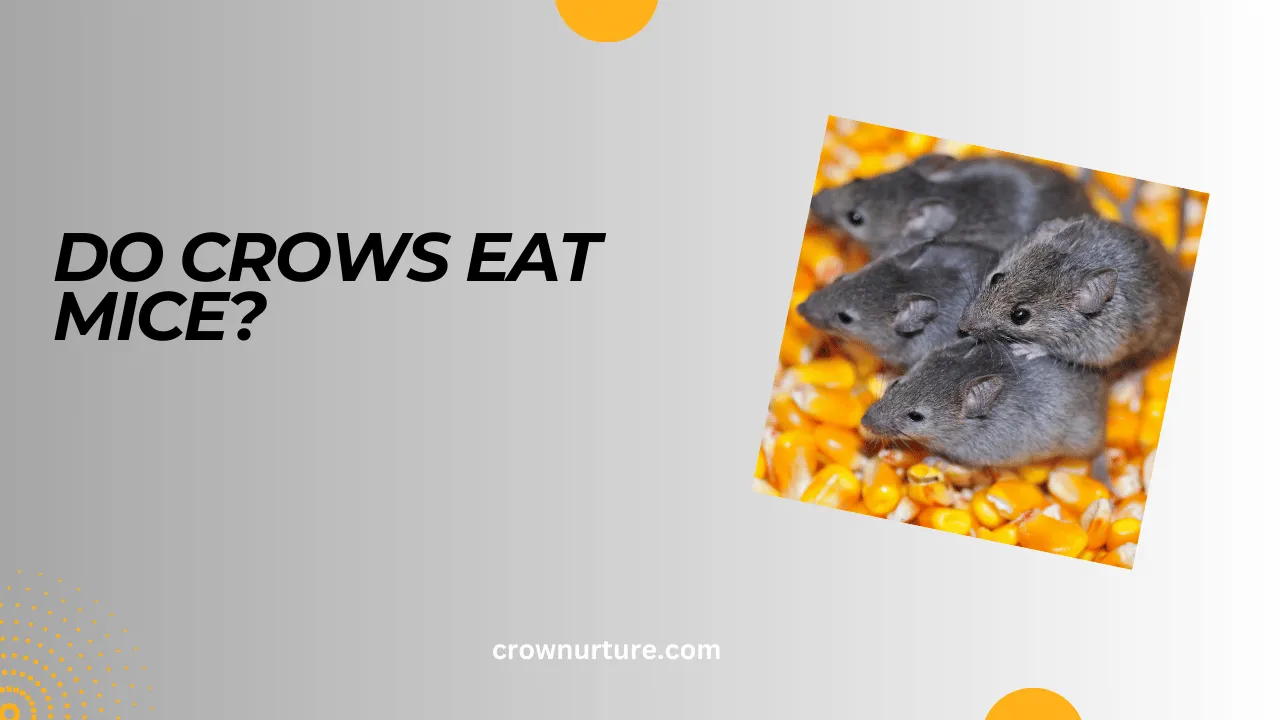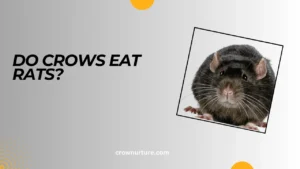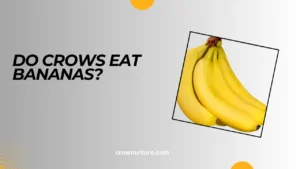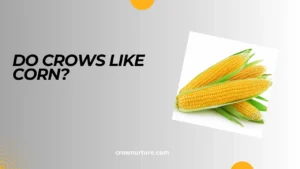Crows are some of the most resourceful birds in the natural world, often surprising us with their intelligence and adaptability. While they’re commonly seen scavenging for food in fields, forests, and city streets, one question lingers for wildlife enthusiasts: do crows eat mice?
This seemingly simple query opens the door to fascinating insights about the crow’s dietary habits and their role in ecosystems.
Understanding whether mice feature on a crow’s menu isn’t just about curiosity; it’s about grasping the intricate balance of predator and prey.
Crows are opportunistic omnivores, meaning they’ll eat almost anything that fits their needs, from fruits to carrion. But what motivates a bird to hunt something as elusive and quick as a mouse?
This article explores the nuances of crow behavior, their hunting strategies, and the ecological dynamics that influence their diet. By the end, you’ll gain a deeper appreciation for these intelligent birds and the surprising ways they interact with their environment.
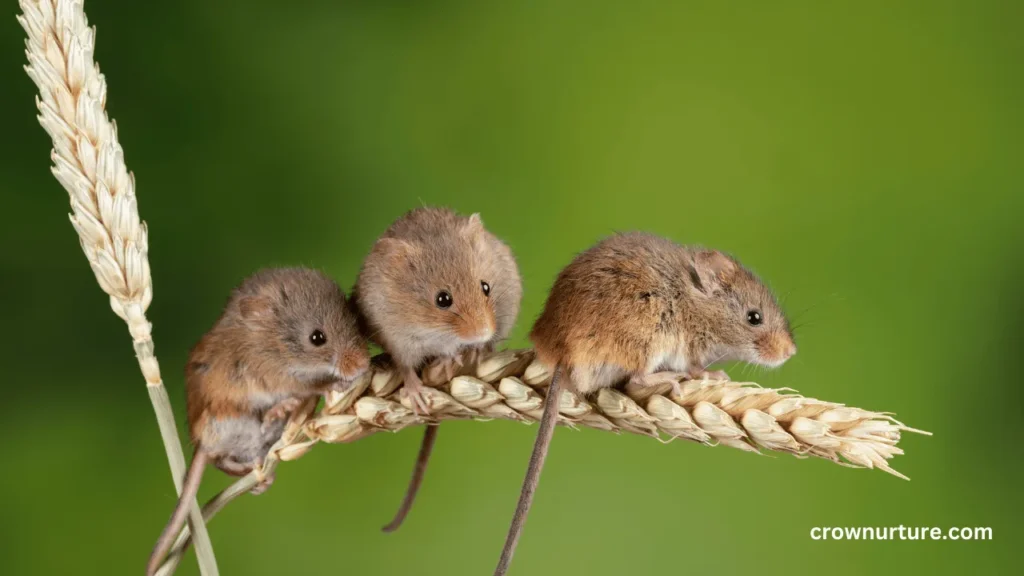
Contents
1. The Crow’s Diet: A Versatile Eater
Crows are omnivorous birds, meaning their diet spans both plant and animal matter. This flexibility is key to their survival across diverse habitats.
Their primary food sources include insects, seeds, fruits, and small animals, such as worms and lizards. They’re also known to scavenge carrion, pick through garbage, and raid bird nests for eggs.
One of their greatest strengths is their dietary adaptability. Whether they live in bustling cities or quiet countryside areas, crows tailor their feeding habits to what’s available, making them one of nature’s ultimate survivors.
2. Crow Hunting Abilities
Crows are skilled hunters, capable of spotting and catching small prey thanks to their sharp vision and quick reflexes.
Their keen eyesight allows them to spot potential prey from a distance, whether it’s a scurrying mouse or an insect in the grass. Unlike specialized predators, crows are opportunistic feeders, taking advantage of any accessible food source rather than focusing on one type of prey.
In rare instances, crows display cooperative hunting behaviors, working together to flush out or corner prey. This teamwork showcases their intelligence and ability to strategize in complex situations.
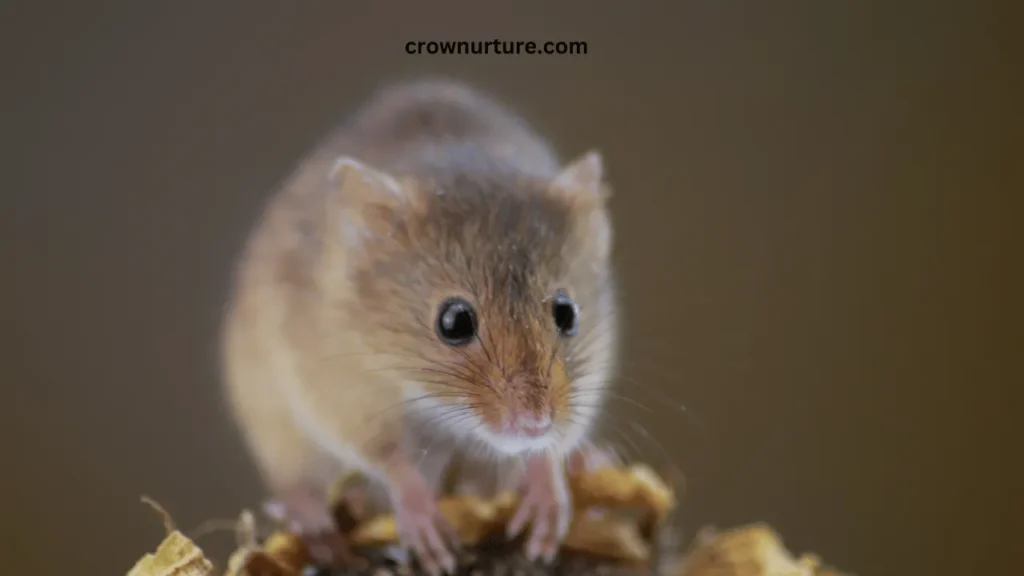
3. Mice as a Food Source
Mice provide nutritional benefits to crows, offering a rich source of protein and fat essential for energy. For young crows, this nutrient-dense food can support growth and development.
The availability of mice in a crow’s habitat depends on factors like climate, season, and human activity. Urban and suburban areas often provide more opportunities due to abundant shelter and food sources for rodents.
However, crows face competition from other predators, such as owls, hawks, and domestic cats, which also prey on mice. This rivalry influences how often crows rely on mice as a food source.
4. Evidence and Observations
Direct observations and anecdotal reports suggest that crows occasionally prey on mice, especially in environments where they overlap.
For example, farmers often report seeing crows swoop down on field mice during harvest season when rodents are more exposed. In urban areas, crows may opportunistically catch mice scurrying near trash bins or gardens.
Scientific studies support the idea that crows include small mammals like mice in their diet, though this behavior is not as common as scavenging or foraging. Wildlife experts emphasize that such predation depends on the crow’s environment and food availability.
5. Factors Influencing Crow Predation on Mice
Certain environmental and behavioral factors determine how frequently crows prey on mice.
- Habitat Type: In rural areas, where mice are abundant in fields and barns, crows are more likely to hunt them. Urban crows may prey on mice near parks, alleys, or garbage dumps.
- Seasonality: During winter, when other food sources are scarce, crows may turn to mice for sustenance. Conversely, in summer, they might prefer insects and fruits.
- Population Dynamics: An increase in crow populations can lead to greater predation pressure on mice, while a decline in mouse populations might push crows to seek alternative food sources.
Conclusion
Crows are incredibly versatile feeders, and their ability to adapt to different environments makes them one of nature’s most successful species.
While mice are not a primary food source for crows, these intelligent birds will hunt them when the opportunity arises, especially in habitats where mice are abundant.
Understanding crow behavior, including their occasional predation on mice, provides valuable insights into their ecological role. Crows help control pest populations, including rodents, and their resourcefulness highlights the intricate balance of ecosystems.
By observing their interactions with prey like mice, we can further appreciate the complexity of the natural world.
FAQs
1. Do crows eat live mice or only carrion?
Crows can eat both live and dead mice. They’re skilled enough to catch live ones and scavenging comes naturally to them.
2. How do crows catch mice?
Crows use their sharp eyesight to spot mice and swoop down to grab them with their beaks or talons.
3. Are mice a staple in the crow’s diet?
No, mice are not a staple but can be an opportunistic food source when available.
4. Do urban crows eat mice?
Yes, urban crows may prey on mice in areas with abundant rodents, such as near garbage bins or gardens.
5. Do crows eat other small mammals besides mice?
Yes, crows may also eat small mammals like shrews, voles, or baby rabbits when they find them.
6. Can crows hunt in groups to catch mice?
While rare, crows have been observed working together to hunt larger prey, showcasing their intelligence and cooperation.

